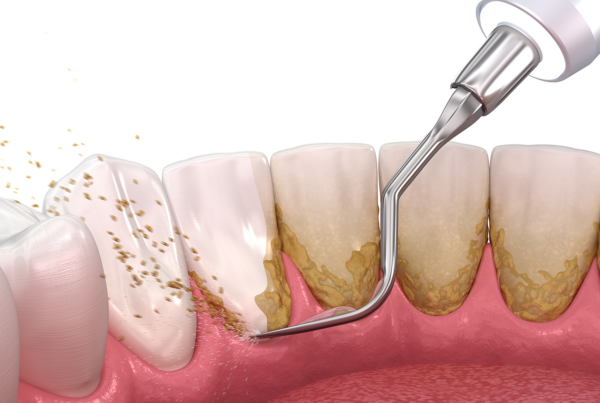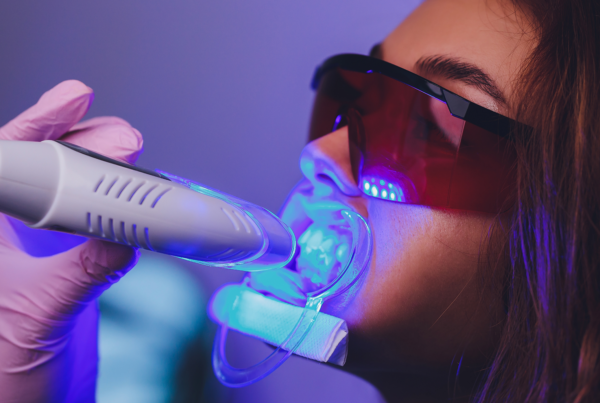Oral prophylaxis, a cornerstone of dental hygiene, plays a pivotal role in maintaining the health and beauty of your smile. This comprehensive guide will navigate you through the essentials of oral prophylaxis treatment, distinguish it from deep cleaning procedures, and advise on its optimal frequency, equipping you with the knowledge to take proactive steps towards a healthier, brighter smile.
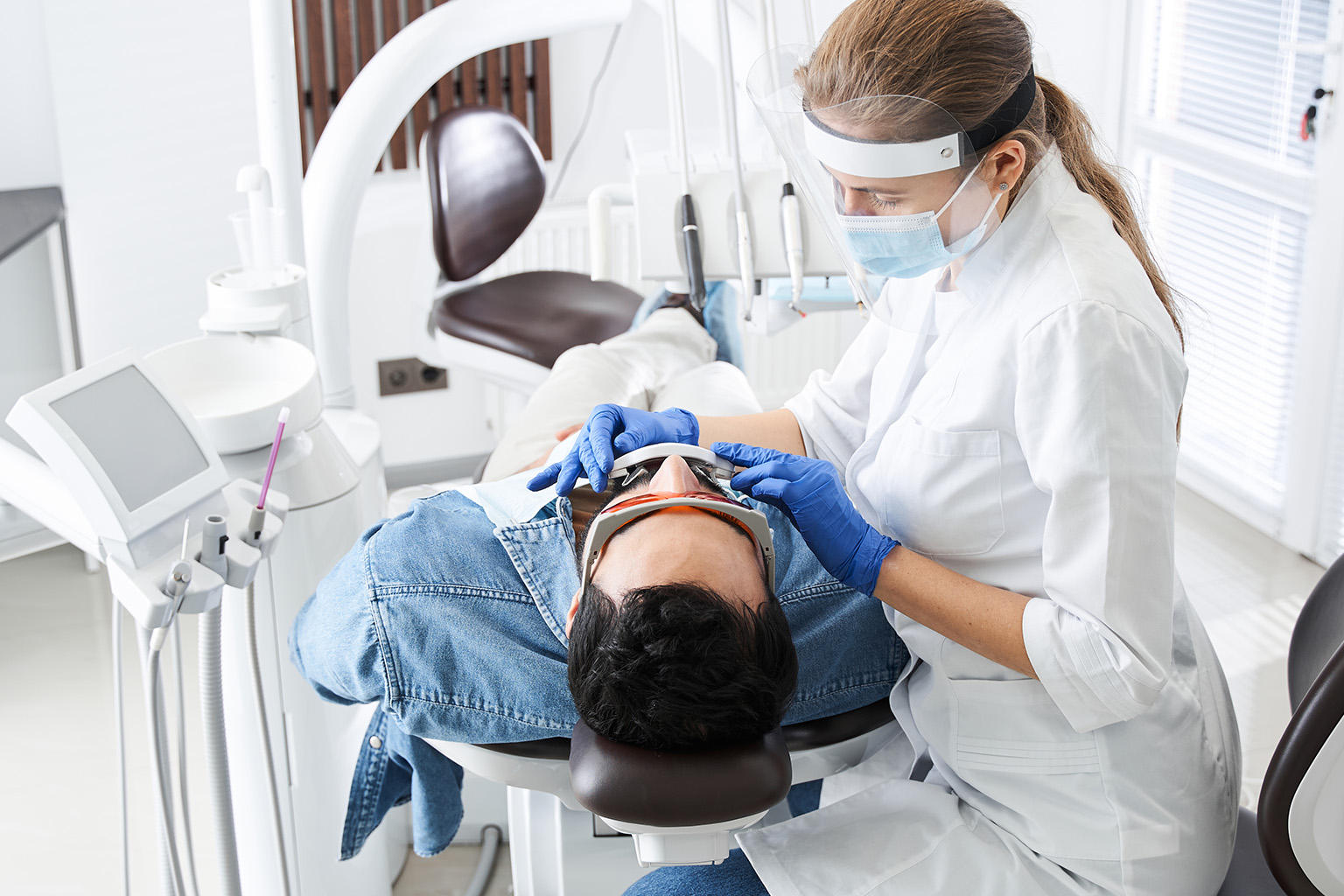 What is Oral Prophylaxis Treatment?
What is Oral Prophylaxis Treatment?
Oral prophylaxis, commonly referred to as dental cleaning, stands as a cornerstone in the arena of preventive dental care, meticulously designed to eradicate plaque, tartar, and unsightly stains from both teeth and gums. This specialized treatment, meticulously performed by seasoned dental professionals, transcends the capabilities of everyday brushing and flossing. It meticulously targets those hard-to-reach areas that are often neglected during routine home care, areas where harmful build-ups can thrive unchecked.
The process of oral prophylaxis is multi-faceted, beginning with a comprehensive evaluation of your oral health to identify any immediate concerns or areas requiring special attention. Following this initial assessment, the treatment progresses to include a thorough cleaning of the teeth. This involves the use of specialized instruments to scale away tartar—a hardened form of plaque that forms when plaque is left on the teeth for too long and becomes calcified. Tartar cannot be removed by brushing alone and requires professional intervention to prevent potential gum irritation or disease.
In addition to scaling, oral prophylaxis includes the process of tooth polishing. This step utilizes a gentle abrasive and high-speed dental tool to buff away surface stains from the enamel, restoring the natural whiteness and shine of the teeth. The result is not only an aesthetically pleasing smile but also a smoother tooth surface that is less likely to harbor plaque and bacteria in the future.
Moreover, oral prophylaxis often incorporates fluoride treatment as an added protective measure. Fluoride, a natural mineral known for its cavity-fighting properties, helps to strengthen the enamel, making it more resistant to decay. This treatment is particularly beneficial in fortifying the teeth against the onslaught of acids produced by bacteria in the mouth, which can lead to cavities.
The significance of oral prophylaxis extends far beyond the immediate visual and tactile improvements to the teeth and gums. It plays an instrumental role in averting the onset of gum disease, cavities, and a host of other dental conditions that can arise from neglected oral hygiene. By removing plaque and tartar, oral prophylaxis interrupts the harmful cycle of decay and disease, setting the foundation for a healthier oral environment.
In essence, oral prophylaxis is a proactive, preventive strategy that not only ensures the cleanliness of your mouth but also safeguards your overall dental health. It is a critical component in the maintenance of oral hygiene, acting as a first line of defense against the development of more serious dental issues. Through regular prophylaxis appointments, individuals can enjoy a fresher, healthier mouth, and take significant strides towards preserving their natural teeth for years to come.
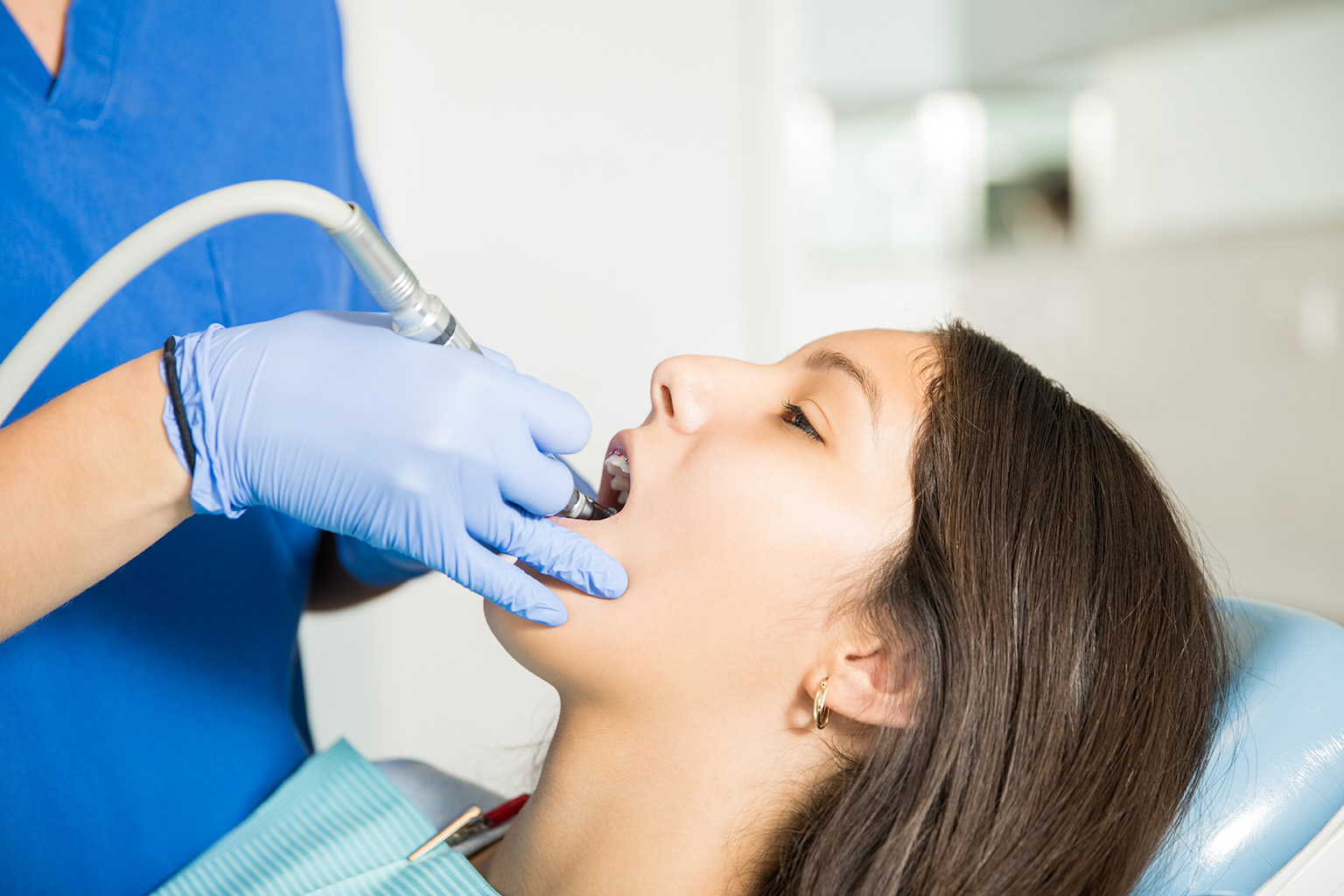 Is Prophylaxis a Deep Cleaning?
Is Prophylaxis a Deep Cleaning?
While both oral prophylaxis and deep cleaning aim to enhance dental hygiene through the removal of plaque and tartar, it’s crucial to understand the distinct roles they play in oral health maintenance and disease treatment. Prophylaxis is essentially a preventive measure, meticulously designed for individuals who enjoy healthy gums and are looking to maintain their oral health status. This procedure focuses on the thorough removal of plaque (a sticky, colorless film of bacteria and sugars that forms on teeth) and tartar (hardened plaque that has been left on the teeth for too long) from the tooth surfaces and along the gum line. It’s a critical routine procedure that helps prevent the onset of oral diseases by keeping the oral environment clean and free from harmful bacteria.
On the other hand, deep cleaning, scientifically known as scaling and root planing, serves a therapeutic purpose and is specifically tailored for patients suffering from periodontal disease. Periodontal disease, also known as gum disease, is a serious condition that affects the gums and, if left untreated, can lead to tooth loss. It occurs when plaque and tartar build up below the gum line, creating pockets that harbor bacteria, leading to infection and inflammation of the gums. Deep cleaning is a more intensive procedure than prophylaxis, reaching below the gum line to meticulously clean these pockets. Scaling involves the removal of plaque and tartar from the tooth and root surfaces, while root planing smoothens the roots of the teeth, helping to reattach the gums to the teeth and reduce the depth of the pockets. This dual process is vital for halting the progression of periodontal disease and initiating the healing process of the gums.
The distinction between prophylaxis and deep cleaning is not just in their purpose but also in their application and intensity. Prophylaxis is recommended as a regular maintenance procedure for all patients to prevent the development of oral diseases, typically performed every six months. However, deep cleaning is a targeted, more aggressive treatment recommended for individuals diagnosed with periodontal disease. It may require more than one visit to complete and may also involve local anesthesia to ensure patient comfort during the procedure.
Furthermore, while prophylaxis is a cornerstone of oral hygiene maintenance, offering aesthetic benefits such as stain removal and a brighter smile, deep cleaning addresses the underlying issues of gum disease, focusing on the restoration of oral health rather than cosmetic improvement. After a deep cleaning, patients may be placed on a more frequent maintenance schedule, known as periodontal maintenance, to monitor their condition and prevent the recurrence of the disease.
In summary, while both prophylaxis and deep cleaning are essential dental procedures that clean your teeth, they are distinct in their purpose, method, and the conditions they address. Prophylaxis is a preventive measure for those with healthy gums, aimed at preventing oral diseases, whereas deep cleaning is a therapeutic procedure for treating periodontal disease, focusing on restoring gum health and preventing further damage. Understanding these differences is key to appreciating the importance of both treatments in maintaining oral health and preventing disease.
 How Often Should You Have Oral Prophylaxis?
How Often Should You Have Oral Prophylaxis?
The frequency of oral prophylaxis can vary based on individual oral health status and risk factors for dental diseases. Generally, dental professionals recommend undergoing prophylaxis every six months to effectively prevent the accumulation of plaque and tartar and to maintain optimal oral health. However, individuals with a higher risk of dental issues, such as those with a history of periodontal disease, may benefit from more frequent cleanings. Your dentist will assess your specific needs and tailor a prophylaxis schedule that best supports your oral health.
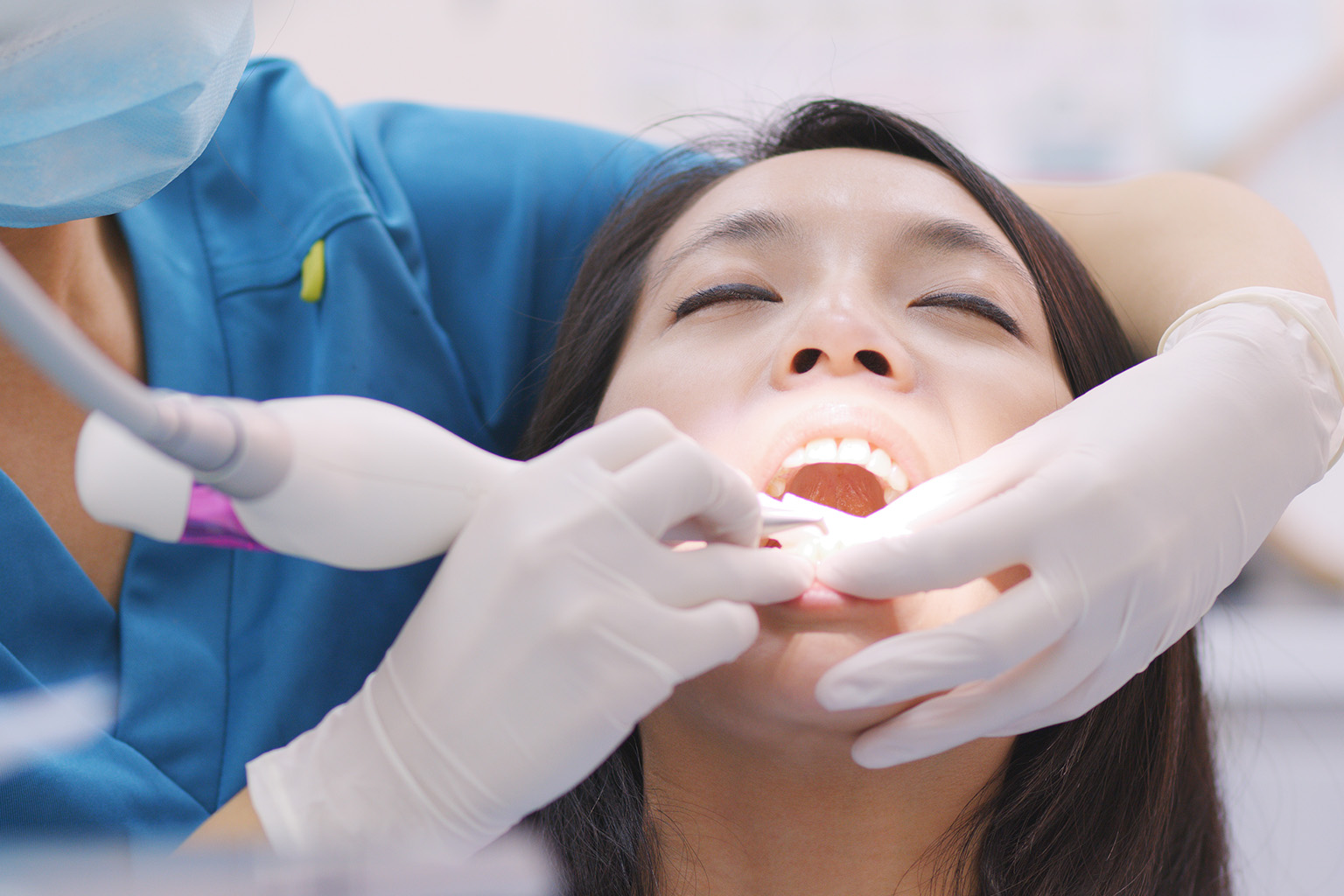 Conclusion: The Key to a Lasting Smile
Conclusion: The Key to a Lasting Smile
Oral prophylaxis stands as a fundamental pillar in the edifice of dental health, acting as a preventive stronghold against a multitude of dental issues. Embracing this treatment is a testament to the commitment to maintaining not just the aesthetics of your smile, but its health and longevity as well. At [Dental Office Name], we are dedicated to providing exceptional dental care, ensuring that each visit leaves your smile brighter and healthier. We invite you to schedule your oral prophylaxis appointment with us, embarking on a journey towards a radiant, enduring smile. Your dental health is our priority, and together, we can achieve the pinnacle of oral wellness.

